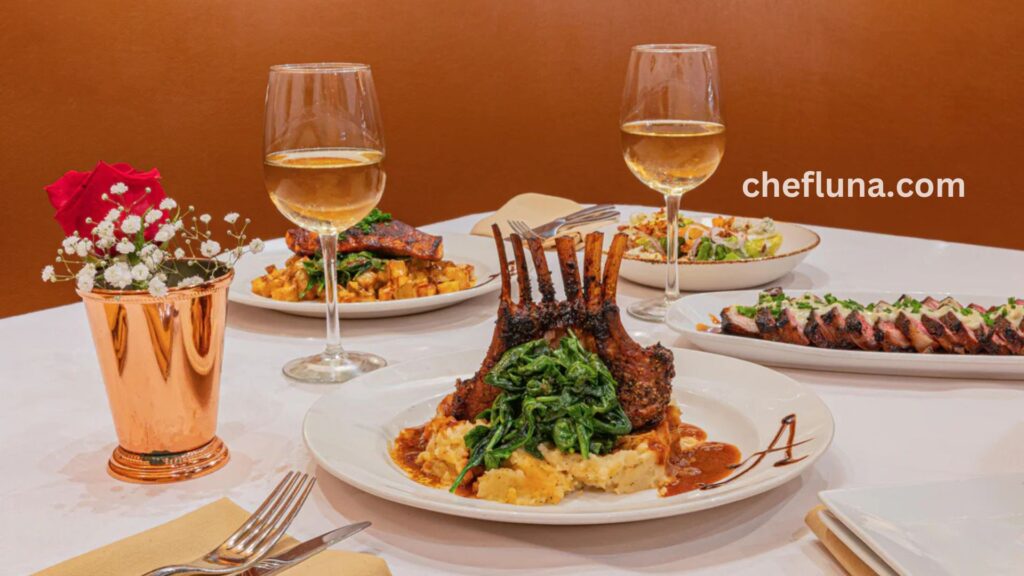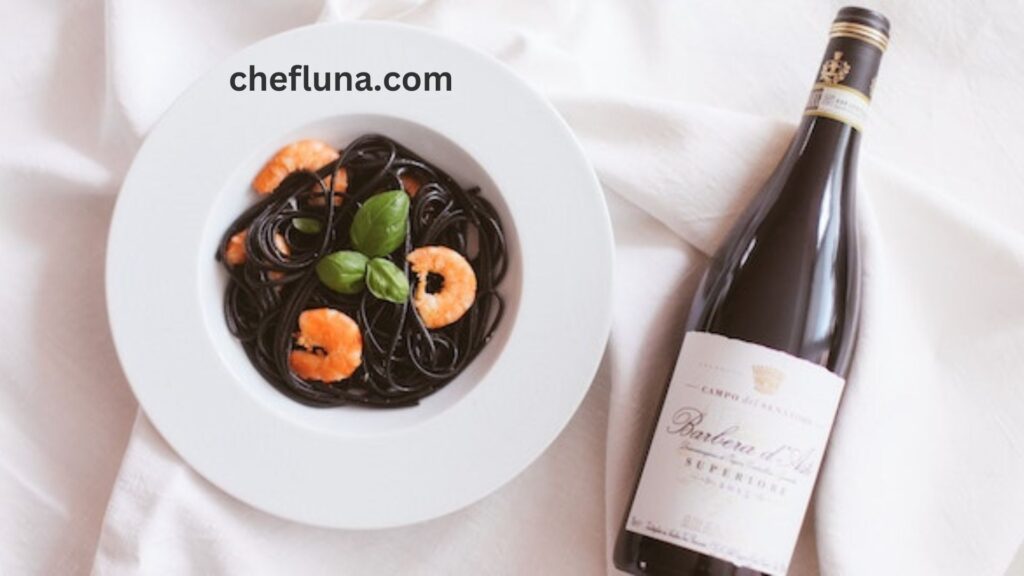What are the Basics of Wine and Food Pairing?
Wine is always a treat, and how you enjoy it is totally up to you. You don’t always need a fancy meal to make the most of your wine. Some wines are perfect for enjoying with your favorite book and cozy clothes, while others go great with sunshine and good friends.
Every bottle and every person is unique. That being said, the right food and wine pairing can turn a special moment into something unforgettable. In this article, we’ll show you how to pair wine with food and share some fun facts along the way.
The Basics of Wine and Food Pairing
The best wine pairings enhance the flavors of both your food and your drink. It’s all about finding the right balance between the key flavors in your meal and the wine. Before you dig in, think about your dish: What kind of sauce does it have? How is it seasoned? What flavors stand out the most? Once you identify the main focus of your dish, you’ll know what wine style works best with it.

Salty foods make wine pairing a breeze. Salt is like a best friend to wine—it makes the wine taste fuller, fruitier, and more flavorful overall.
Acidic foods pair best with wines that are also high in acidity. These foods make the wine taste fruitier and more vibrant. But if the food is more acidic than the wine, the wine might taste flat and dull.
Fatty foods call for wines with higher acidity. The acidity in wine helps cut through the fat and grease, refreshing your palate with every sip.
Spicy foods go best with low-alcohol wines that have a touch of sweetness. The spice in the food can bring out the heat of alcohol, making wine taste overly strong or bitter.
Sweet foods should be paired with sweet wines. If your dessert is sweeter than your wine, it can make the wine seem flat or even bitter.

Ozeri Moderna Artisan Series Double Wall Insulated Wine Glasses
Ozeri Moderna Artisan Series Wine Glasses feature double-wall insulation, keeping drinks at the perfect temperature while reducing condensation for a sleek, modern look.
Flavorful foods need a wine that matches their intensity. For strong, bold dishes, choose a wine with rich flavors. For lighter meals, go for a wine with more subtle notes. This way, the food and wine will complement each other without one overpowering the other.
Now that you have the basics of wine and food pairings down, here are a few more helpful tips to keep in mind.
Food and Wine Pairing Tips

Flavors Take It Further
When it comes to pairing flavors, you have two options: complement or contrast. You can match the flavors in your dish with the flavors in your wine. For example, if you’re enjoying a Washington Syrah with its peppery notes, try a peppery dry rub on your steak. This creates a seamless connection between the wine and the food, giving you a balanced, enjoyable experience. Alternatively, you can contrast flavors to bring out different elements. For instance, pairing a spicy Thai dish with a sweet, fruity Riesling will mellow the spice and let other flavors shine. By following the basic rules of wine and food interactions, you’ll unlock a world of delicious pairings.
What Grows Together Goes Together
This saying is popular in the wine world, and it’s true! Pairing wines from the same region as your food is one of the easiest ways to create a perfect match. When in doubt, eat and drink like the locals. Here are a few regional pairings to try:
- Sauvignon Blanc and Goat Cheese
This classic pairing comes from France’s Loire Valley, where you’ll find both vineyards and goat farms. The crisp acidity of Sauvignon Blanc balances the creamy texture of goat cheese. Together, they make a fresh, tangy pairing that’s perfect for summer salads or tarts. - Verdejo and Tapas
Verdejo is a light, crisp Spanish white wine that pairs perfectly with tapas, the variety of small plates often found in Spain’s tapas bars. The salty bites like cured meats and olives bring out Verdejo’s bright tropical and stone fruit notes, making it a great choice for a light lunch, followed by a relaxing siesta.

Coravin Sparkling Stoppers
Coravin Sparkling Stoppers preserve the freshness and bubbles of sparkling wines by creating an airtight seal, ensuring optimal taste for longer storage.
- Sangiovese and Ribollita
Ribollita is a classic Tuscan stew made with white beans, vegetables, and thickened with day-old bread. Its savory, salty flavors make it a perfect match for Sangiovese, Tuscany’s famous grape. The wine’s natural acidity complements the soup’s tomato-based broth, while its earthy notes echo the rich flavors in the dish. - Shiraz and Steak
Australia’s barbecue culture is legendary, and steak sangas (steak sandwiches) are a staple. Grilled steak with melted cheese and various toppings between two slices of bread is best paired with Shiraz, another Aussie favorite. The rich, smoky flavors of the steak bring out the bold fruit and black pepper notes of Shiraz.
Tannins Tackle Meat
When in Doubt, Grab Some Bubbles
Tannins are compounds found in red wine, mainly coming from grape skins, seeds, and sometimes oak barrels. These tannins “grab” onto the proteins in meat, helping to break them down and tenderize the meat. That’s why a bold red wine like Cabernet Sauvignon can help you easily chew through a big bite of steak—tannins act like a natural tenderizer!
Sparkling wines are the ultimate versatile choice. Their lively bubbles, high acidity, and fruity flavors make them a great match for almost any dish. Just remember to match the intensity of the flavors. For lighter dishes, go with a light and fruity sparkling wine like Prosecco. For more flavorful meals, try a fuller sparkling wine like sparkling rosé or cava.
Also Read: How do I Choose the Right Wine for Seafood?
Unexpected Combinations
The best way to figure out which wines pair well with different foods is by experimenting. As you try new combinations, you might discover some surprising and exciting pairings you never thought of. Keep track of these combos and share them with friends and family. Here are a few of our favorite unexpected pairings and why they work so well.

Champagne and Potato Chips
Sparkling wines often feel fancy and special, but one of their best pairing partners is actually something simple—potato chips! The saltiness and crunch of chips are perfect for sparkling wine. The salt brings out the wine’s fruity flavors, while its acidity helps cut through the oiliness. Plus, the bready notes in Champagne or cava go really well with the starchy taste of the chips.

Wine Folly: The Essential Guide to Wine
Wine Folly: The Essential Guide to Wine offers a comprehensive, visually engaging introduction to wine, featuring tasting tips, wine pairings, and key varietals.
Chardonnay and Popcorn
If you’ve ever had buttery popcorn, you know it’s delicious with Chardonnay. Unoaked Chardonnay gets even fuller and fruitier when paired with salty popcorn, and lightly oaked Chardonnay complements the buttery popcorn flavors perfectly. For something a bit different, try salty caramel popcorn with an oak-aged Chardonnay for a delightful mix of toasted, caramelized flavors.
Rosé and Fried Chicken
This casual combo is a winner. The acidity and fruity flavors of rosé pair perfectly with the greasiness and salt of fried chicken. Together, they create a refreshing and full-textured match that’s perfect for a weekend brunch or lunch with friends.
Cabernet Sauvignon and Bacon
Bacon’s smoky, salty goodness is a great match for the bold flavors of Cabernet Sauvignon. The tannins in the wine help break down the protein and fat in the bacon, while the saltiness of the bacon highlights the wine’s rich fruit flavors. This pairing is packed with flavor and satisfying textures.

Post Comment